Home>Storage & Organization>Kitchen Organizing Tools>How To Make Your Cat Pee In The Litter Box
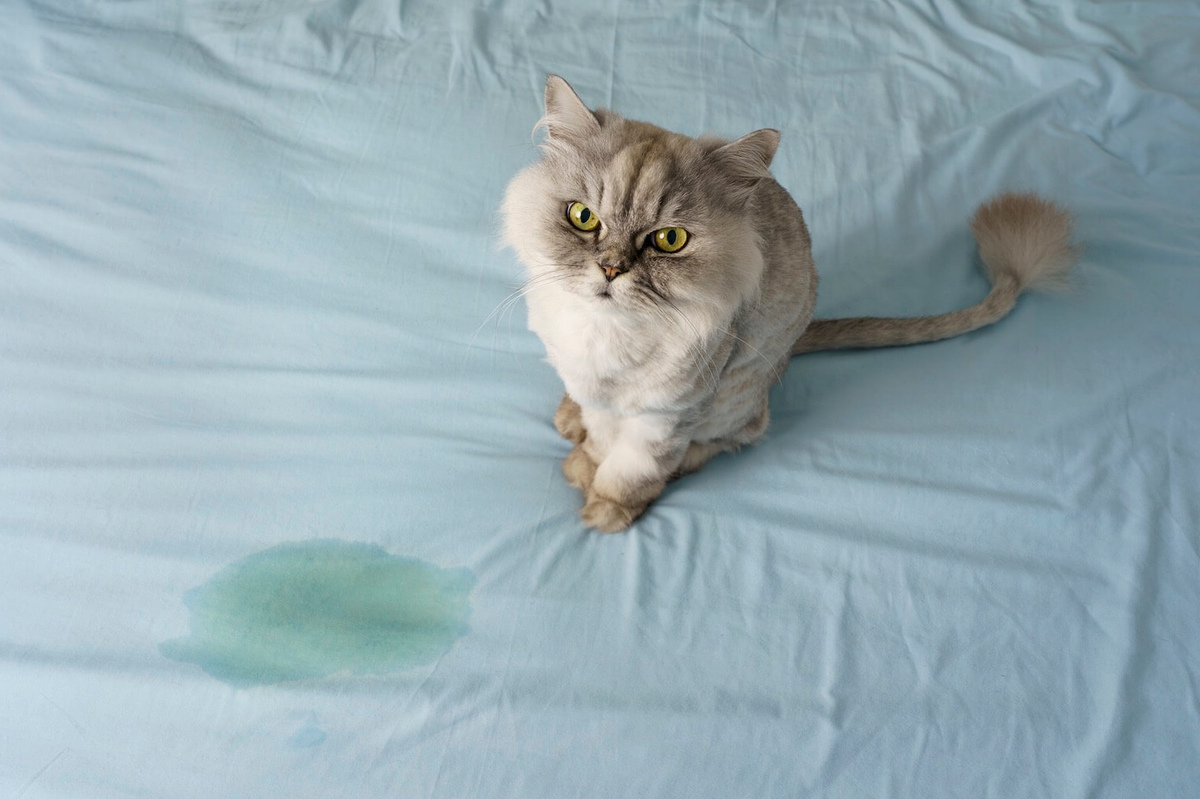

Kitchen Organizing Tools
How To Make Your Cat Pee In The Litter Box
Modified: May 1, 2024
Discover the best kitchen organizing tools to keep your cat's litter box area clean and tidy. Find effective solutions for a mess-free environment.
(Many of the links in this article redirect to a specific reviewed product. Your purchase of these products through affiliate links helps to generate commission for Storables.com, at no extra cost. Learn more)
Introduction
Welcome to the ultimate guide on how to make your cat pee in the litter box! If you're a cat owner, you know that dealing with litter box issues can be a frustrating and messy experience. Whether you're a new cat parent or have been struggling with litter box problems for a while, this comprehensive guide will provide you with valuable insights and practical tips to help you and your feline friend live harmoniously.
Cats are fascinating and independent creatures, and their behavior can sometimes be puzzling. One of the most common challenges cat owners face is getting their furry companions to consistently use the litter box. Understanding your cat's behavior, preferences, and instincts is crucial in addressing litter box issues effectively.
In this guide, we'll delve into the various factors that influence your cat's litter box habits, including the type of litter box, its placement, cleanliness, and the type of litter used. We'll also explore how medical issues can impact your cat's litter box behavior and provide guidance on training your cat to use the litter box consistently.
By the end of this guide, you'll be equipped with the knowledge and strategies to create a conducive environment that encourages your cat to use the litter box as intended. So, let's embark on this enlightening journey to unravel the mysteries of your cat's litter box preferences and pave the way for a happier and more harmonious coexistence with your beloved feline companion.
Key Takeaways:
- Understanding your cat’s behavior and preferences is crucial in addressing litter box issues effectively. By creating a comfortable and inviting environment, you can encourage proper litter box usage and foster a harmonious relationship with your feline companion.
- Selecting the right litter box, type of litter, and strategic placement are key factors in promoting consistent litter box usage. Prioritizing cleanliness, addressing medical issues, and patient training contribute to a positive and stress-free litter box experience for your cat.
Read more: How To Get A Cat To Pee In The Litter Box
Understanding Your Cat's Behavior
Understanding your cat's behavior is the key to addressing litter box issues effectively. Cats are known for their independent and sometimes enigmatic nature, and their behavior is influenced by a variety of factors. By gaining insight into your cat's instincts and preferences, you can create an environment that encourages proper litter box usage.
Cats are inherently clean animals, and their natural inclination is to eliminate waste in a clean and secluded area. This instinct stems from their wild ancestors, who relied on stealth and cleanliness to avoid predators. As a result, cats often prefer a litter box that provides privacy and a sense of security.
Additionally, cats are creatures of habit, and changes in their environment or routine can cause stress and anxiety, leading to litter box aversion. Understanding your cat's behavior patterns and recognizing signs of stress or discomfort can help you address potential litter box issues proactively.
Furthermore, each cat has unique preferences when it comes to litter box features. Some cats may prefer a larger, open litter box, while others may feel more comfortable in a covered box that offers privacy. Observing your cat's behavior and receptiveness to different types of litter boxes can provide valuable insights into their preferences.
It's also essential to consider the social dynamics in a multi-cat household. Cats are territorial animals, and conflicts or competition among multiple cats can impact their litter box behavior. Providing multiple litter boxes in different locations can help reduce tension and ensure that each cat has access to a suitable elimination area.
By understanding your cat's behavior and instincts, you can make informed decisions when selecting a litter box, choosing the right type of litter, and creating an environment that promotes proper litter box usage. This knowledge empowers you to address potential issues proactively and foster a positive and stress-free litter box experience for your feline companion.
Choosing the Right Litter Box
Selecting the right litter box is a crucial step in creating an environment that encourages your cat to use it consistently. With a myriad of options available, it's essential to consider your cat's preferences, behavior, and the dynamics of your household when choosing the perfect litter box.
Size and Style
When it comes to size, bigger is often better. Cats appreciate ample space to move around and assume their preferred elimination posture. A spacious litter box also reduces the likelihood of litter being kicked out during digging, providing a cleaner environment for both you and your cat.
The style of the litter box is equally important. Some cats prefer open litter boxes that offer a clear view of their surroundings, while others feel more secure in covered boxes that provide privacy. Observing your cat's behavior and receptiveness to different styles can guide you in selecting the most suitable option.
Number of Boxes
In a multi-cat household, the number of litter boxes is a critical consideration. The general rule of thumb is to have one more litter box than the number of cats in the household. This ensures that each cat has access to a litter box without feeling the need to compete for it. Additionally, having multiple litter boxes distributed in different areas of the home can help reduce territorial conflicts and promote a harmonious elimination environment.
Read more: How To Train A Cat To Pee In The Litter Box
Accessibility
The accessibility of the litter box is essential, especially for senior cats or those with mobility issues. Choose a litter box with low entry points or consider providing a ramp to facilitate easy access. Ensuring that the litter box is easily reachable and doesn't pose physical challenges for your cat can encourage regular and stress-free use.
Material and Maintenance
Consider the material of the litter box and its ease of maintenance. Plastic litter boxes are popular due to their durability and ease of cleaning. Some litter boxes feature antimicrobial properties, which help inhibit the growth of odor-causing bacteria. Additionally, look for litter boxes with smooth surfaces that are easy to scoop and clean, contributing to a hygienic and inviting elimination space for your cat.
By carefully considering the size, style, number, accessibility, and maintenance aspects of the litter box, you can select a suitable option that aligns with your cat's preferences and behavior. This thoughtful selection process sets the foundation for a positive litter box experience and contributes to a cleaner, more harmonious living environment for both you and your feline companion.
Placing the Litter Box in the Right Location
The placement of the litter box plays a pivotal role in encouraging your cat to use it consistently and comfortably. Cats are creatures of habit and are sensitive to their environment, so strategically positioning the litter box can make a significant difference in their litter box habits.
Consider Your Cat's Preferences
When determining the ideal location for the litter box, it's essential to consider your cat's preferences and behavior. Cats appreciate privacy and a sense of security when using the litter box. Therefore, choose a relatively quiet and low-traffic area of your home to position the litter box. Avoid placing it near loud appliances, such as washing machines or dryers, as the noise and vibrations can deter your cat from using the litter box.
Read more: How To Make Your Own Cat Litter Box
Accessibility and Safety
The accessibility of the litter box is equally important. Ensure that the litter box is easily accessible to your cat at all times. Avoid placing it in areas that are difficult for your cat to reach, such as high shelves or tight corners. For senior cats or kittens, it's crucial to position the litter box in a location that doesn't require them to navigate stairs or obstacles to reach it.
Additionally, consider the safety of the location. Cats prefer to have a clear view of their surroundings while using the litter box, as it makes them feel less vulnerable. Position the litter box in an area where your cat can see approaching threats, such as other pets or unfamiliar noises, allowing them to feel secure while using the litter box.
Multiple Access Points
In a multi-level home, providing multiple litter box locations on each floor can be beneficial. This ensures that your cat always has convenient access to a litter box, regardless of where they are in the house. It also reduces the likelihood of accidents occurring if your cat is unable to reach the litter box in time.
Avoiding Confined Spaces
While it may be tempting to tuck the litter box away in a closet or enclosed space to conceal it, cats generally prefer open and well-ventilated areas for their elimination needs. Placing the litter box in a confined space can make your cat feel trapped and vulnerable, potentially leading to litter box aversion or anxiety-related issues.
By carefully considering your cat's preferences, accessibility, safety, and the provision of multiple access points, you can strategically position the litter box in the right location. This thoughtful approach creates a comfortable and inviting environment for your cat, ultimately contributing to consistent and stress-free litter box usage.
Keeping the Litter Box Clean
Maintaining a clean litter box is essential for promoting your cat's consistent use of the litter box and ensuring a hygienic environment for both you and your feline companion. A clean litter box not only encourages proper elimination behavior but also helps prevent odors and minimizes the risk of bacterial growth, contributing to a healthier living space for everyone.
Regular Scooping: Scooping the litter box at least once a day is crucial for removing soiled litter and clumps. Cats are fastidious animals and prefer a clean elimination area. By promptly removing waste, you create a more inviting environment for your cat and reduce the likelihood of accidents outside the litter box.
Complete Litter Replacement: In addition to daily scooping, it's essential to completely replace the litter and clean the litter box regularly. The frequency of complete litter replacement depends on the type of litter used and the number of cats in the household. Generally, a full litter change is recommended every 2-4 weeks to maintain freshness and cleanliness.
Use of Mild Cleaners: When cleaning the litter box, opt for mild, unscented cleaners to avoid overwhelming your cat with strong odors. Avoid using harsh chemicals or strong-smelling detergents, as these can deter your cat from using the litter box. Rinse the litter box thoroughly after cleaning to ensure that no residue remains.
Litter Box Liners: Consider using liners in the litter box to simplify the cleaning process. Liners can make it easier to remove and replace the litter, reducing the need for extensive scrubbing and scraping. However, some cats may not favor the use of liners, so observe your cat's response and adjust accordingly.
Odor Control: To manage odors effectively, consider using odor-neutralizing litter or adding baking soda to the litter. Additionally, placing an activated charcoal odor absorber near the litter box can help minimize unpleasant smells. Regular maintenance and odor control measures contribute to a more pleasant and inviting litter box environment.
By prioritizing cleanliness and implementing a consistent cleaning routine, you create a comfortable and hygienic space that encourages your cat to use the litter box as intended. A clean litter box not only promotes your cat's well-being but also fosters a harmonious coexistence between you and your feline companion.
Read more: Why Cat Won’t Pee In The Litter Box
Using the Right Type of Litter
Selecting the right type of litter is a crucial aspect of creating an inviting and conducive environment for your cat's litter box habits. The type of litter you choose can significantly impact your cat's comfort, hygiene, and overall satisfaction with the elimination area. With a wide array of litter options available, understanding the characteristics and preferences of both your cat and your household is essential in making an informed decision.
Consider Your Cat's Preferences
Cats have varying preferences when it comes to litter texture, scent, and absorbency. Some cats may prefer clumping litter, which forms solid clumps when wet, making it easier to scoop and maintain cleanliness. Non-clumping litter, on the other hand, may appeal to cats who are sensitive to certain textures or prefer a softer feel under their paws. Observing your cat's response to different types of litter can provide valuable insights into their preferences.
Texture and Comfort
The texture of the litter plays a significant role in your cat's comfort and acceptance of the litter box. Cats generally favor litter with a fine, sand-like texture, as it closely resembles the natural substrate they would use outdoors. Additionally, softer textures are often preferred by cats, especially those with sensitive paws. Considering your cat's comfort and tactile preferences can guide you in selecting a litter that aligns with their needs.
Odor Control and Dust Levels
Odor control is a critical consideration when choosing litter, as it directly impacts the freshness of the litter box environment. Some litters are formulated with odor-neutralizing properties, helping to minimize unpleasant smells and maintain a more pleasant atmosphere. Additionally, opting for low-dust or dust-free litter can benefit both you and your cat by reducing airborne particles and potential respiratory irritation.
Read more: How To Make A Litter Box For Cats
Environmental Impact
For environmentally conscious cat owners, eco-friendly and biodegradable litters offer a sustainable alternative to traditional clay-based litters. These litters are often made from renewable materials such as recycled paper, wood, or plant-based substances, minimizing the ecological footprint associated with litter disposal.
Multi-Cat Considerations
In multi-cat households, selecting a litter that effectively manages odor and accommodates the needs of multiple cats is essential. Some litters are specifically designed for multi-cat households, offering enhanced odor control and clumping performance to meet the demands of shared litter boxes.
By carefully considering your cat's preferences, texture comfort, odor control, environmental impact, and the dynamics of a multi-cat household, you can choose a litter that aligns with your cat's needs and promotes consistent litter box usage. The right type of litter contributes to a comfortable and hygienic elimination environment, ultimately enhancing the well-being of your cat and fostering a harmonious coexistence in your home.
Addressing Medical Issues
Addressing medical issues is a crucial aspect of managing and understanding your cat's litter box behavior. Cats may exhibit changes in their litter box habits due to underlying medical conditions, discomfort, or pain. As a responsible cat owner, being attuned to your cat's health and promptly addressing any potential medical issues is paramount in ensuring their well-being and promoting consistent litter box usage.
Several medical conditions can manifest through changes in a cat's elimination behavior. Urinary tract infections, bladder stones, kidney disease, and diabetes are among the common health issues that can impact a cat's urinary habits. Cats experiencing discomfort or pain while urinating may associate the litter box with their discomfort, leading to aversion or avoidance of the litter box.
Observing your cat for signs of distress or abnormal elimination patterns is essential. Symptoms such as frequent urination, straining to urinate, blood in the urine, or vocalization during urination can indicate potential medical issues. Additionally, changes in the volume or frequency of urine, as well as inappropriate elimination outside the litter box, warrant prompt veterinary attention.
Upon noticing any concerning changes in your cat's litter box behavior, seeking veterinary care is imperative. A thorough physical examination, urinalysis, and possibly additional diagnostic tests can help identify underlying medical conditions. Early detection and intervention can prevent the progression of health issues and alleviate any discomfort your cat may be experiencing.
In some cases, medical treatment or dietary management may be necessary to address the underlying condition and restore your cat's urinary health. Your veterinarian may prescribe medication, dietary changes, or recommend specific interventions tailored to your cat's individual needs. By addressing medical issues proactively, you can support your cat's overall well-being and contribute to a positive and stress-free litter box experience.
It's important to note that addressing medical issues goes hand in hand with creating a supportive and comfortable environment for your cat. By combining attentive medical care with a thoughtful approach to litter box management, you can optimize your cat's health and ensure that they feel secure and confident in using the litter box as intended. This holistic approach fosters a harmonious and nurturing environment for your feline companion, promoting their physical and emotional well-being.
Training Your Cat to Use the Litter Box
Training your cat to use the litter box is a fundamental aspect of fostering proper elimination habits and ensuring a harmonious coexistence in your home. Whether you have a new kitten or are addressing litter box issues with an adult cat, patient and consistent training can yield positive results and promote a stress-free litter box experience for both you and your feline companion.
Introducing Your Cat to the Litter Box
When introducing a new cat or kitten to your home, it's essential to provide a suitable litter box and familiarize them with its location. Place the litter box in a quiet, accessible area and gradually introduce your cat to the box by gently placing them inside. Encouraging exploration and positive associations with the litter box from the beginning sets the stage for successful litter box training.
Positive Reinforcement
Positive reinforcement is a powerful tool in training your cat to use the litter box consistently. When your cat uses the litter box appropriately, offer verbal praise, gentle petting, or small treats to reinforce the desired behavior. Positive associations with the litter box create a sense of reward and encourage your cat to continue using it.
Consistent Routine
Establishing a consistent routine for litter box usage is crucial, especially for kittens and newly introduced cats. Encourage regular visits to the litter box after meals, playtime, and waking up from naps. Consistency in timing and reinforcement helps your cat develop a predictable elimination routine and reinforces the association between the litter box and proper elimination.
Addressing Accidents
In the event of accidents outside the litter box, it's important to approach the situation calmly and avoid punishment. Clean up the accident area thoroughly with an enzymatic cleaner to remove odors and discourage repeat incidents. Redirect your cat to the litter box and provide positive reinforcement when they use it appropriately.
Litter Box Preferences
Observing your cat's preferences and behavior in relation to the litter box is essential. Some cats may have specific preferences for litter texture, depth, or box style. By accommodating your cat's preferences and making adjustments based on their feedback, you can create a more inviting and tailored elimination environment.
Seeking Professional Guidance
In cases where persistent litter box issues arise, seeking guidance from a veterinarian or animal behaviorist can provide valuable insights and tailored strategies for addressing specific challenges. Professional support can help identify underlying factors contributing to litter box aversion and offer targeted solutions to promote successful litter box usage.
By approaching litter box training with patience, consistency, and positive reinforcement, you can guide your cat toward developing reliable litter box habits. Creating a supportive and encouraging environment, understanding your cat's preferences, and addressing any challenges proactively contribute to a positive and successful litter box training experience.
Conclusion
In conclusion, understanding and addressing your cat's litter box behavior is essential for fostering a harmonious and stress-free environment for both you and your feline companion. By delving into the intricacies of your cat's instincts, preferences, and health considerations, you can create an environment that encourages consistent and proper litter box usage.
Throughout this comprehensive guide, we've explored the multifaceted aspects of managing your cat's litter box habits, from selecting the right litter box and type of litter to strategically placing the box and maintaining cleanliness. We've also emphasized the significance of recognizing and addressing potential medical issues and implementing effective training strategies to promote positive litter box behavior.
By understanding your cat's natural instincts and preferences, you can make informed decisions when choosing a litter box and type of litter that align with your cat's needs. The strategic placement of the litter box in a quiet, accessible location, coupled with consistent maintenance and cleanliness, creates an inviting environment that encourages your cat to use the litter box as intended.
Furthermore, being attuned to your cat's health and promptly addressing any potential medical issues is paramount in ensuring their well-being and promoting consistent litter box usage. By combining attentive medical care with a thoughtful approach to litter box management, you can optimize your cat's health and ensure that they feel secure and confident in using the litter box.
Training your cat to use the litter box consistently is a fundamental aspect of fostering proper elimination habits. By approaching litter box training with patience, consistency, and positive reinforcement, you can guide your cat toward developing reliable litter box habits and create a supportive and encouraging environment tailored to their preferences.
In essence, by integrating the insights and strategies presented in this guide, you can cultivate a positive and stress-free litter box experience for your feline companion. This holistic approach not only promotes your cat's physical and emotional well-being but also fosters a harmonious coexistence between you and your beloved pet. With a deeper understanding of your cat's behavior and needs, you can embark on a journey to create a nurturing and comfortable environment that celebrates the unique bond between you and your feline friend.
Frequently Asked Questions about How To Make Your Cat Pee In The Litter Box
Was this page helpful?
At Storables.com, we guarantee accurate and reliable information. Our content, validated by Expert Board Contributors, is crafted following stringent Editorial Policies. We're committed to providing you with well-researched, expert-backed insights for all your informational needs.
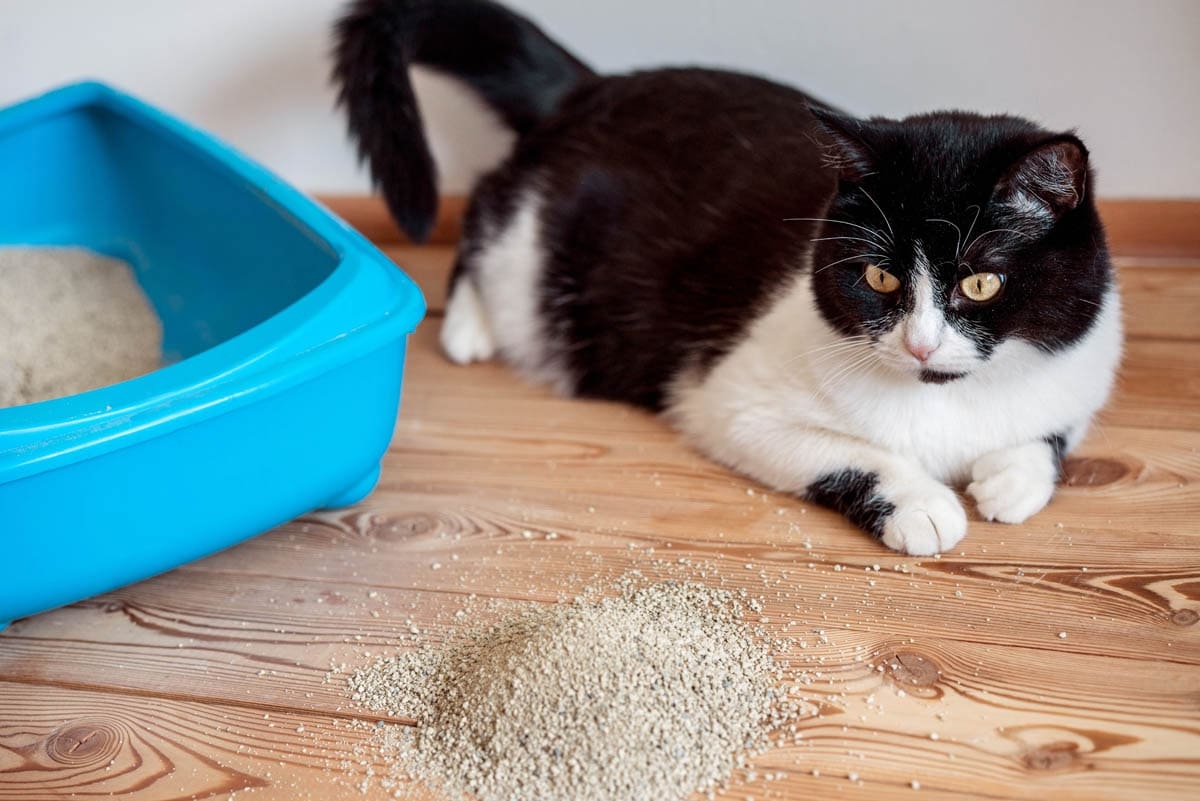
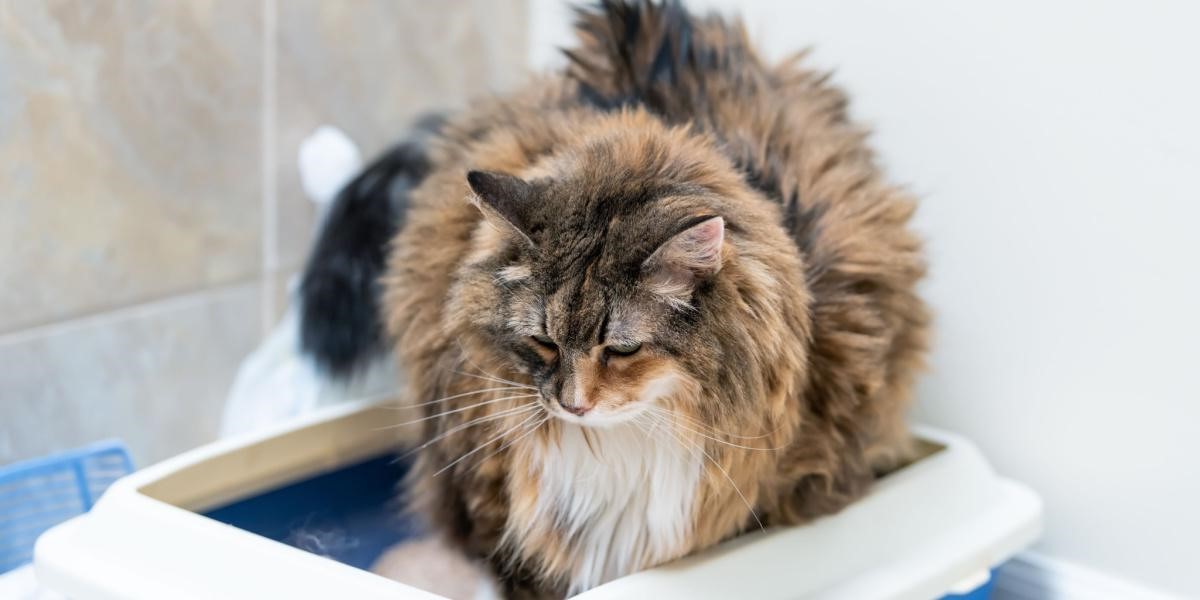
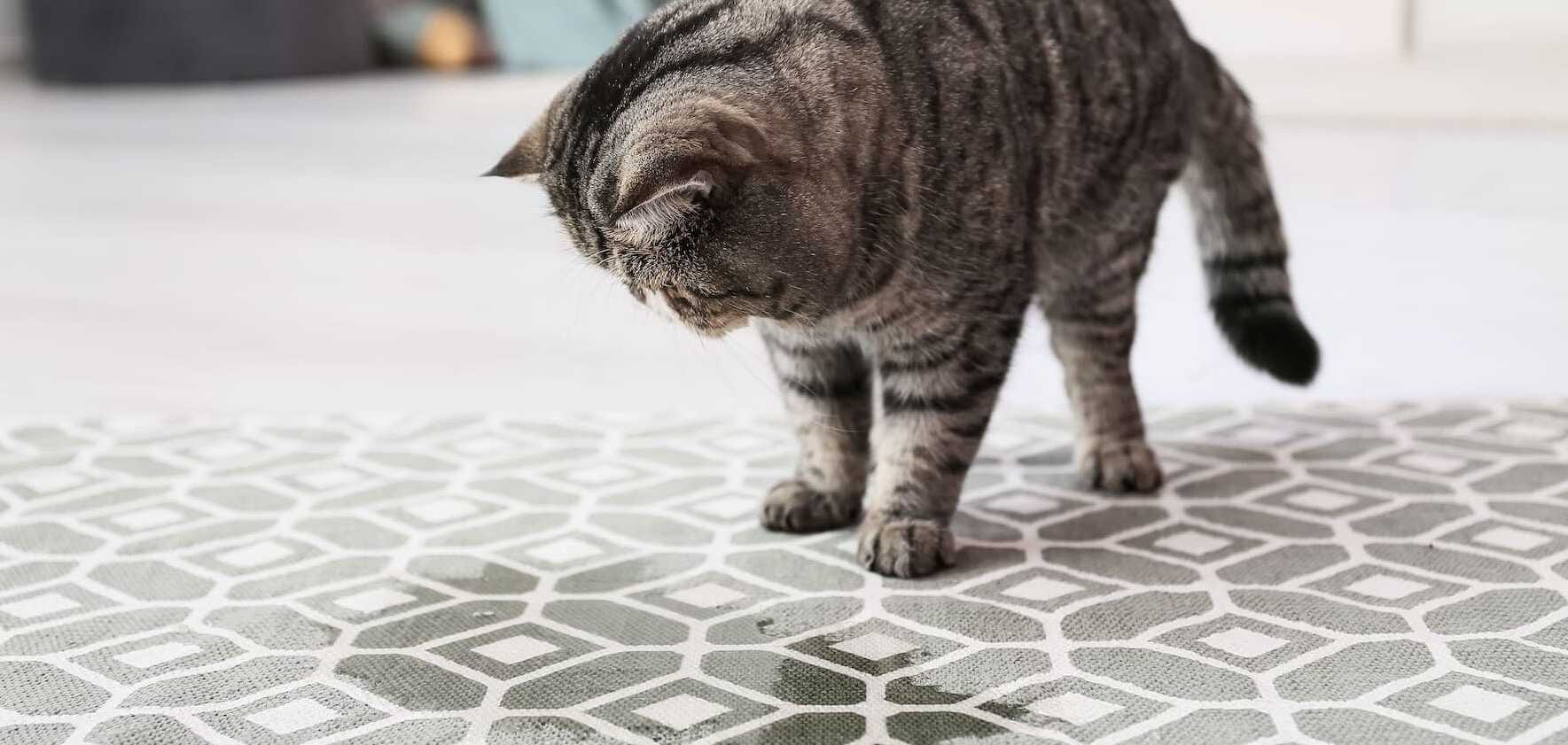
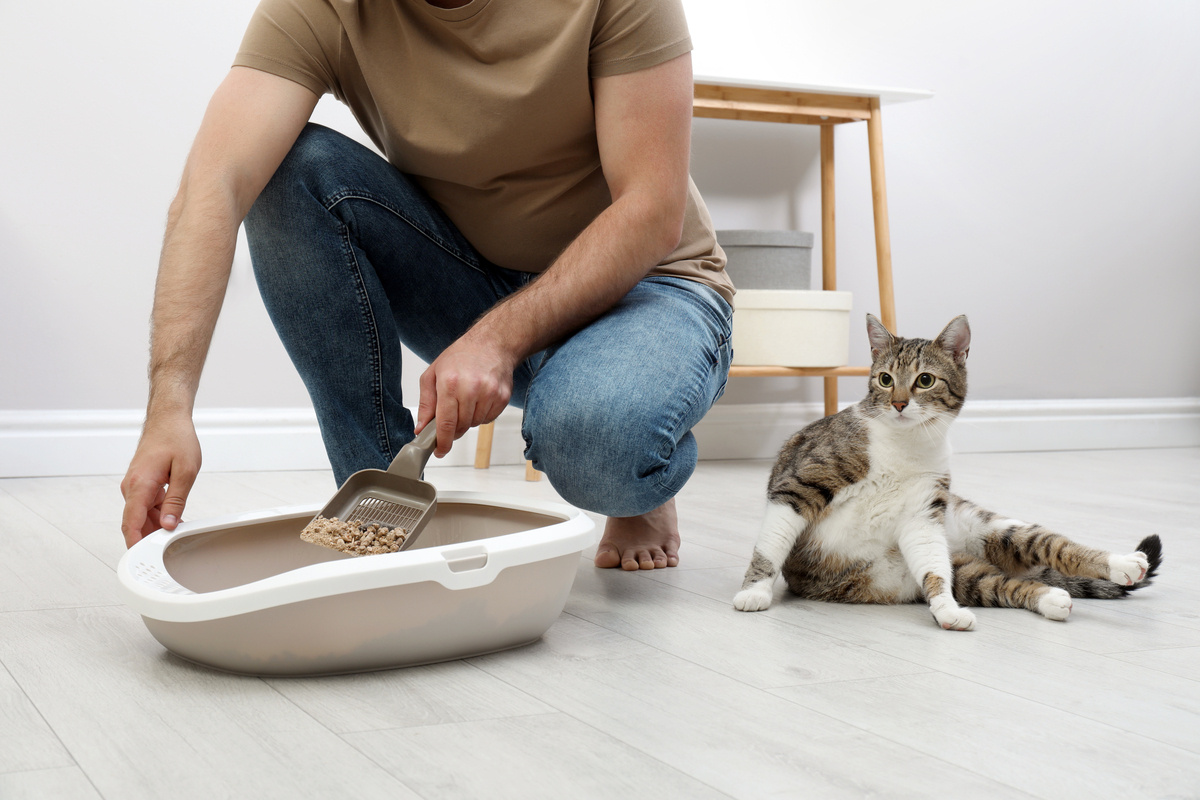
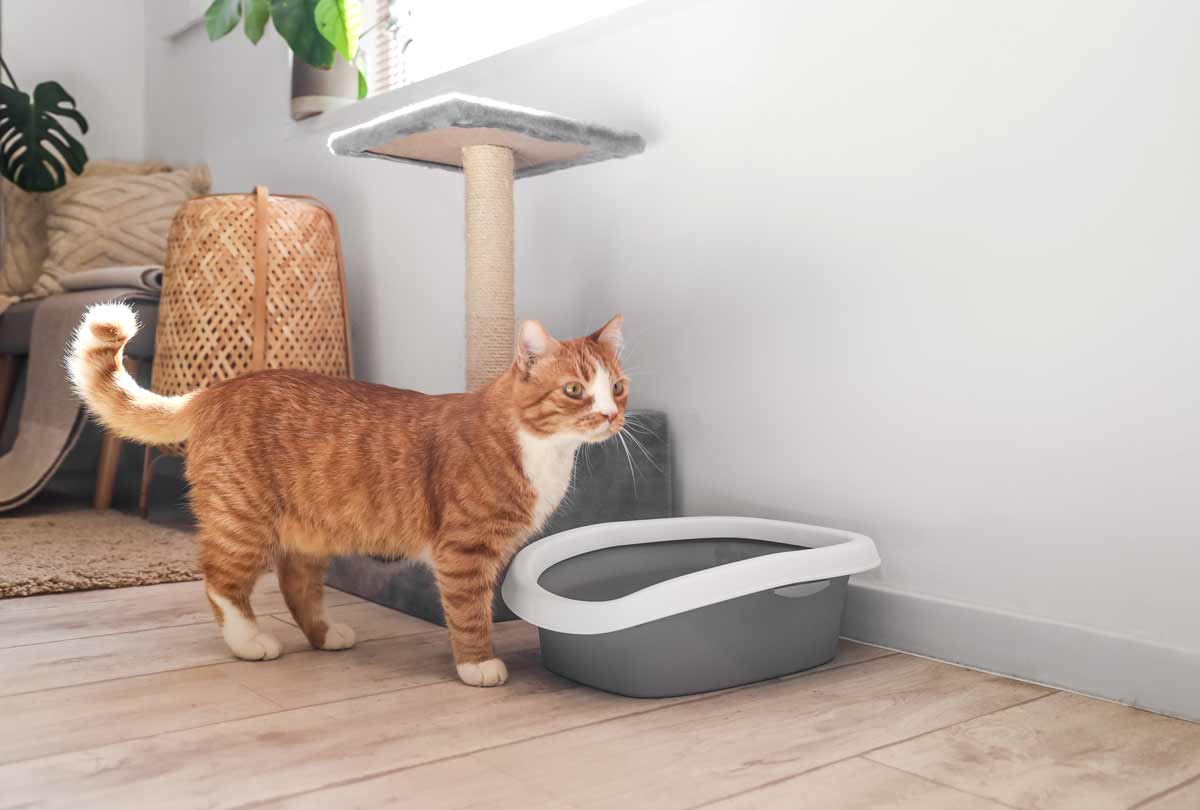
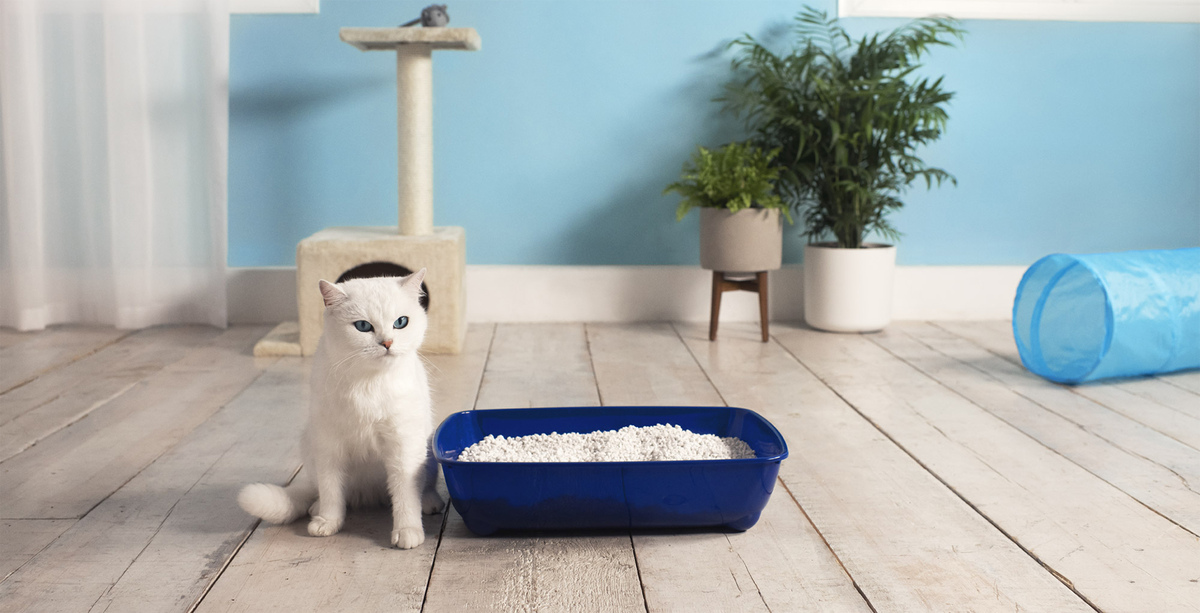
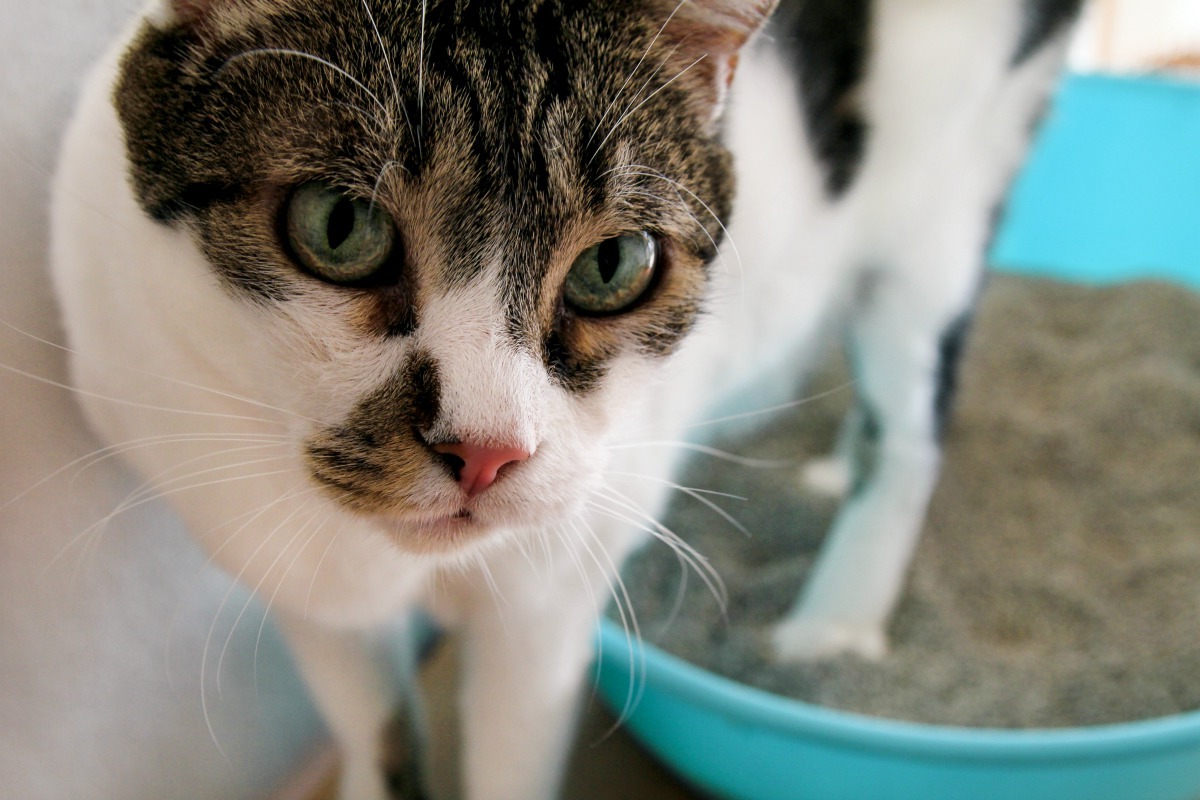
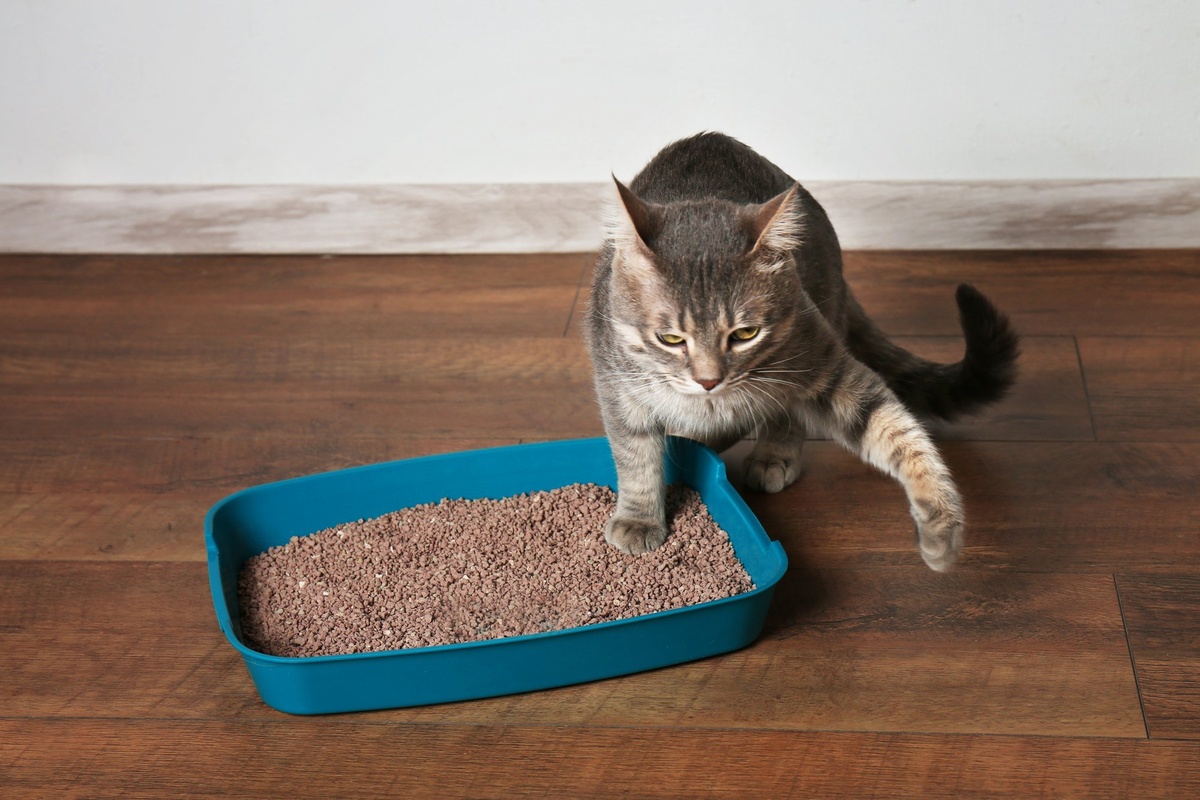
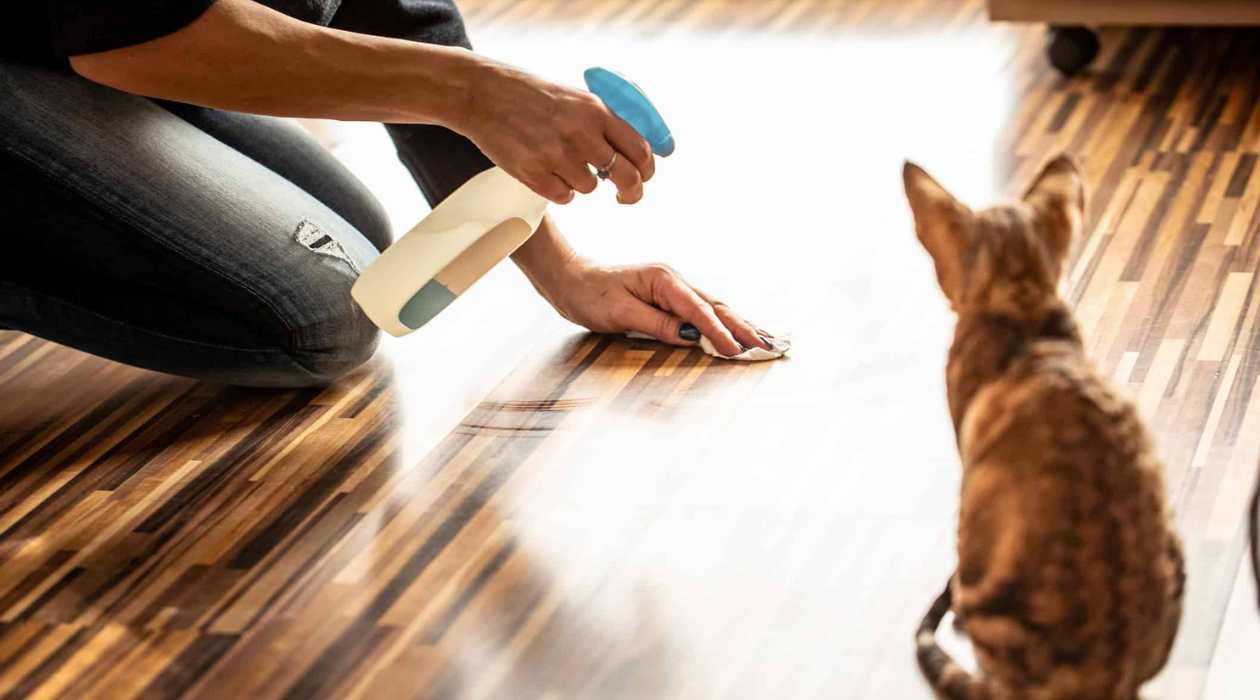

0 thoughts on “How To Make Your Cat Pee In The Litter Box”